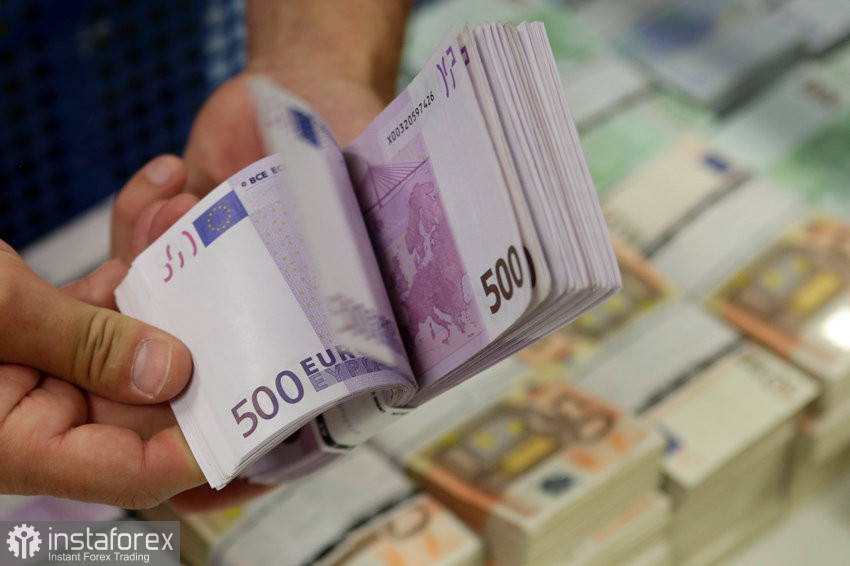The euro has good upward potential despite the fact that yesterday, the ECB decided to switch to a less aggressive approach.
During a press conference, Christine Lagarde made it clear that the regulator had no intention of abandoning its plans to fight inflation. A slight decline in inflation recorded in April did not affect the overall strategy.

Lagarde stated that the ECB would not take a break, saying that the inflation risks remained significant. She also noted that eurozone banks were likely to avoid the financial shocks seen in the US, which led to the collapse of Credit Suisse and an outflow of deposits from the US.
Given that the ECB has taken a different stance from the Federal Reserve, many economists doubt that this can last long. The previous experience shows that any divergence from the Fed's policy is unstable. The ECB followed the Fed in tightening after inflation struck both the eurozone and the US. While the US managed to deal with high prices, which are now steadily decreasing, the situation in the eurozone is not as favorable.
In history, there is no such a situation when the ECB continues rising the key rate while the Fed stops doing so. However, as mentioned earlier, the current situation is a bit different. High inflation, Russia's military special operations, and a series of political shocks in European countries will likely force the ECB to maintain high rates for as long as possible. Futures markets predict further increases in borrowing costs, at least at the regulator's next meeting.
Despite this, traders have already lowered expectations for a deposit rate hike. Thus, by September, it may reach a peak of 3.60% compared to 3.90% expected just last week. There are rumors that yesterday, many European officials advocated for a larger rate increase but did not strongly oppose the board's decision. The general stance remains unchanged, leaving the eurozone geared towards further rate hikes.
Today, Lagarde is aware that they have many opportunities to combat inflation. Regardless of the Federal Reserve's decision in the coming weeks, the ECB will remain committed to its goal. It is worth noting that the European Central Bank began actively fighting price pressures back in July 2022, when it raised its key rate from -0.5% to zero. Although the key rate has been considerably raised since then, inflation remains significantly above the ECB's 2% target. According to forecasts published last week by the International Monetary Fund, inflation in the eurozone will not reach the ECB's goal until 2025.
As for the technical picture of EUR/USD, bulls still have a chance to push the price higher. To do this, they need to stay above 1.1030 and take control of 1.1060. This will allow them to break above 1.1090 and 1.1130. From this level, they can climb to 1.1170. In case of a decrease, I expect some action from large buyers around 1.1030. If there is no one there, it would be wise to wait until the price updates the 1.1000 low. It is also possible to open long positions from 1.0940.
Regarding the technical picture of GBP/USD, bulls continue to control the market. For further growth, they need to reach 1.2630. A breakout of this level will boost the likelihood of further recovery. If the price reaches the 1.2665 area, we can talk about a sharper surge in the pound towards 1.2710. If the pair declines, bears will attempt to take control of 1.2585. In case of success, a breakout of this range will affect bullish positions and push GBP/USD to a low of 1.2550 with the prospect of sliding to 1.2520.





















